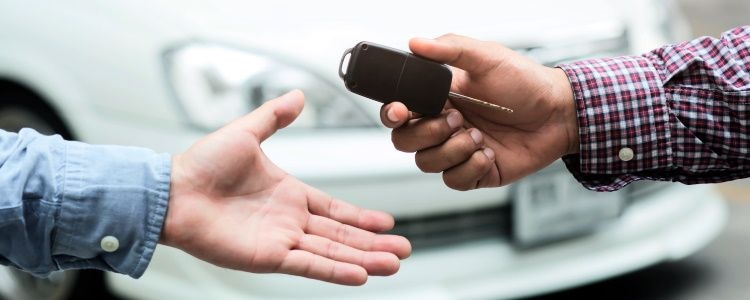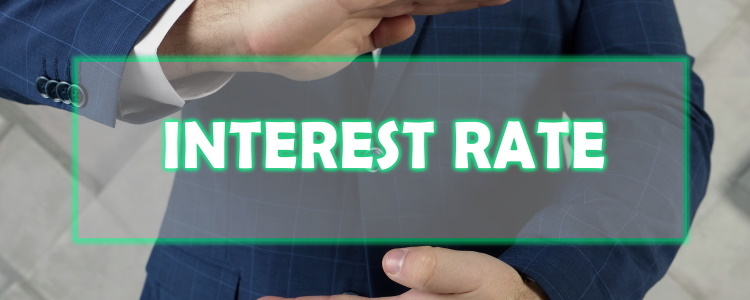Once your bankruptcy has been discharged, not only is it a big relief, but you’ve got a fresh start in the world of credit. However, you may have come out of the whole ordeal with some battle scars on your credit reports, so here’s what you can expect when you choose between refinancing or taking on another car loan.
Refinance or Finance Again?
If you got to keep your vehicle during bankruptcy, you may be considering refinancing since you’re no longer under the umbrella of courts and trustees. However, refinancing may be more difficult because your credit score has likely seen some damage. Getting into an auto loan may be slightly easier if you work with the right lenders.
Refinancing involves replacing your current car loan with another one, while keeping the same vehicle. Usually, the main goal is to get a lower monthly payment. Auto financing is simply taking out another loan for a different car, and you can usually use your current vehicle as a down payment if you shop with a dealership.
If you’re debating trading in your current car for another, or keeping your vehicle and lowering the payment, let’s get into the details so you can make an informed decision.
Refinancing Broken Down
Most borrowers refinance to lower their monthly loan payment. This is done by either lowering their interest rate or lengthening their loan term (sometimes both). Having more disposable income each month is usually the biggest motivation for borrowers looking to refinance.
To lower your car payment, the best money-saving option is to qualify for a lower interest rate. Since auto loans use simple interest, you’re charged interest daily based on the balance of your loan. The longer you have the loan with a higher interest rate, the more you end up paying overall. If you just extend your loan, you’re going to be charged more interest, which doesn’t save you any cash. Your payment may be less each month, but you’re paying more long term.
A large benefit of refinancing over buying another vehicle is that refinancing doesn’t usually require a down payment. You also get to keep your current car, since refinancing is just replacing your loan with another – not replacing the whole vehicle.
Common Auto Loan Refinancing Requirements
Refinancing doesn’t usually require the best credit score to qualify, but it usually needs to be good, or at least better than it was when you first started the loan.
For many borrowers fresh out of bankruptcy, your credit score may be worse than it was when you first got the auto loan. If this is the case for you, refinancing may not be in the cards right now. You probably need to give your credit reports some time to heal before you can qualify for refinancing.
Other requirements of refinancing typically include:
- Vehicle must be less than 10 years old and have fewer than 100,000 miles
- Car’s value must be equal to or greater than the loan amount
- Loan must be at least one year old
- Loan amount can’t be too large or too small per the lender's thresholds
If you can meet these requirements, you may be able to qualify for refinancing after bankruptcy.
Car Loans Broken Down
Taking on an auto loan after your bankruptcy is discharged may be easier than you think. Many bad credit lenders are willing to finance borrowers with a bankruptcy on their credit reports. While your credit score may have taken some hits, you’re likely in a better financial position than you were before you entered bankruptcy.
Car loans can be a great way to heal your credit reports after bankruptcy. While bad credit lenders almost always require a down payment to qualify, if you have a trade-in with equity, it can help you meet that requirement.
If you’re debating on refinancing or buying another vehicle, you’ve got a current auto loan. As a good rule of thumb, dealers can take a trade-in if it runs. The better shape it’s in, the higher offer you’re likely to get. Just know that you must get an offer high enough to cover your loan balance to sell the car.
While most dealerships can take trade-ins, not every auto lender can assist bankruptcy borrowers, but ones that can are called subprime lenders. They’re signed up with special finance dealers. These lenders look at more than your credit reports and scores to determine your creditworthiness – and part of that is having a down payment.
If you don’t meet the refinancing requirements with your current car loan, working with a subprime lender could be the way to go. You can possibly use your current vehicle as a down payment to help you meet the requirements, and get back on the road to better credit after bankruptcy.
Bankruptcy Auto Loan Requirements
While all auto lenders vary in their specific requirements, subprime lenders tend to carry similar guidelines and standards that borrowers need to meet.
Subprime lenders typically require a down payment of at least $1,000 or 10% of the vehicle’s selling price (sometimes whichever is less). If your trade-in can cover this requirement, then any other cash you have on hand is just gravy.
Other common requirements of subprime lenders include:
- A minimum monthly gross income of around $1,500 to $2,500
- A valid and up-to-date driver’s license
- A recent utility bill or bank statement proving your residency
- A working landline or contract cell phone
- A list of five to eight personal references
If you just completed your bankruptcy, and the discharge hasn’t appeared on your credit reports yet, then expect to need your discharge paper to prove you’re in the clear for a car loan.
Ready to Make a Move?
Whether you’re ready for refinancing or auto financing, we want to help. To begin the process of finding a refinancing lender, start right here.
If you’ve decided to get a car loan, we can assist with that too. Here at Auto Credit Express, we’ve created an extensive network of dealerships that are signed up with subprime lenders. To get matched to a dealer in your area that can assist bankruptcy borrowers, fill out our free auto loan request form.
















